If you love tropical cannabis strains with feel-good effects, Tropical Punch may be your next favorite smoke. It is flavorful, potent, and unique. Plus, it’s fast-acting, so if you want a fruity flower that will hit you immediately, look no further.
Here is a little bit of info about the sativa-dominant, pineapple-tasting cannabis strain.
What is the Tropical Punch cannabis strain?
There are multiple versions of the Tropical Punch cannabis strain in existence.
One version of Tropical Punch cannabis strain is a mix of Northern Lights, Skunk, and Haze genetics.
A second version of the strain mixes Sweet Island Skunk with Haze.
On the Seedfinder strain database, a third and fourth version of Tropical Punch crosses Grape Topanga and Divorce Cake; and Goji OG with Maui Waui, respectively.
Regardless of whatever version of Tropical Punch you may be smoking, it’s clear that Haze will be in play somewhere in its lineage.
With all of these different versions of Tropical Punch, it’s truly hard to nail down what it is exactly and who may have bred it.
All we know is that whatever iteration of Tropical Punch that ends up in your joint will be THC-dominant with a vibrant pineapple flavor.
Most Tropical Punch strains test somewhere 18 and 25% THC.
How to grow the Tropical Punch cannabis strain
There isn’t much information about how to properly cultivate Tropical Punch plants.
Cannabis cultivation advice website AskGrowers says that Tropical Punch can be grown in all environments (indoors, outdoors, and greenhouse).
However, with its Haze lineage, this strain really flourishes in a sungrown outdoor situation. Grow it outside for huge yields.
Tropical Punch supposedly has a flowering time between 8 and 9 weeks.
What does the Tropical Punch cannabis strain smell and taste like?
As you would imagine, the Tropical Punch cannabis strain kicks out tropical fruit aromas and flavors. Strain database AllBud lists Tropical Punch’s top flavors as: flowery, pineapple, skunky, sour, spicy, and tropical.
It basically fits the profile of most pineapple-flavored cannabis strain.
According to Leafly’s verified strain data, Tropical Punch’s terpene profile is dominant in caryophyllene, limonene, and myrcene.
Caryophyllene is expected to have relaxing and stress relieving qualities; limonene is expected to produce uplifting effects; and myrcene is thought to possess sedative qualities.
When you put those perceived effects together, it’s easy to see why Tropical Punch is known as a feel-good strain that puts a smile on your face.
What are the Tropical Punch effects like?
Tropical Punch is expected to have uplifting effects. The type of effects that are most common in sativa cannabis strains, though we know better than to think indica and sativa are accurate indicators of the effects we feel after consuming cannabis.
On AllBud, Tropical Punch’s top effects are listed as: body high, calming, creative, euphoria, relaxing, and uplifting.
Many consumers choose Tropical Punch as a combatant against stress, chronic pain, and fatigue.
Is Tropical Punch a body high or a head high?
With all cannabis products, you should know that each of us will have different experiences.
That’s because each human has their own endocannabinoid system that processes cannabis compounds differently. Those systems and effects will be based on physical makeup, experience with cannabis, and many other factors. That said, various online reviews state that Tropical Punch can be both a body high and a head high.
Famed Seattle-based cannabis review site Respect My Region states that “The Tropical Punch strain might be perfect for achieving total body relaxation while calming the mind. Its potentially uplifting therapeutic effects might help wind down after a long day.”
AllBud says that “The Tropical Punch high hits you almost as soon as you exhale, launching your mind into a lifted state of happy euphoria, pushing out any negative or racing thoughts almost immediately. You'll feel an influx of creativity and sociability that has you carrying on conversations with those around you with ease. A relaxing body high accompanies this lifted mental state, keeping your body anchored with a sense of calm as your mind climbs higher and higher.”
In the end, as always, the best way to know how your head, body, and ECS may interact with Tropical Punch’s chemical compounds is to find and try it. Try different dosages, different delivery methods, and you will find out your exact relationship with Tropical Punch, aka Tropic Punch.
For more, check out our complete collection of cannabis strain reviews.
Need a little more Bluntness in your life? Sign Up for our newsletter to stay in the loop.


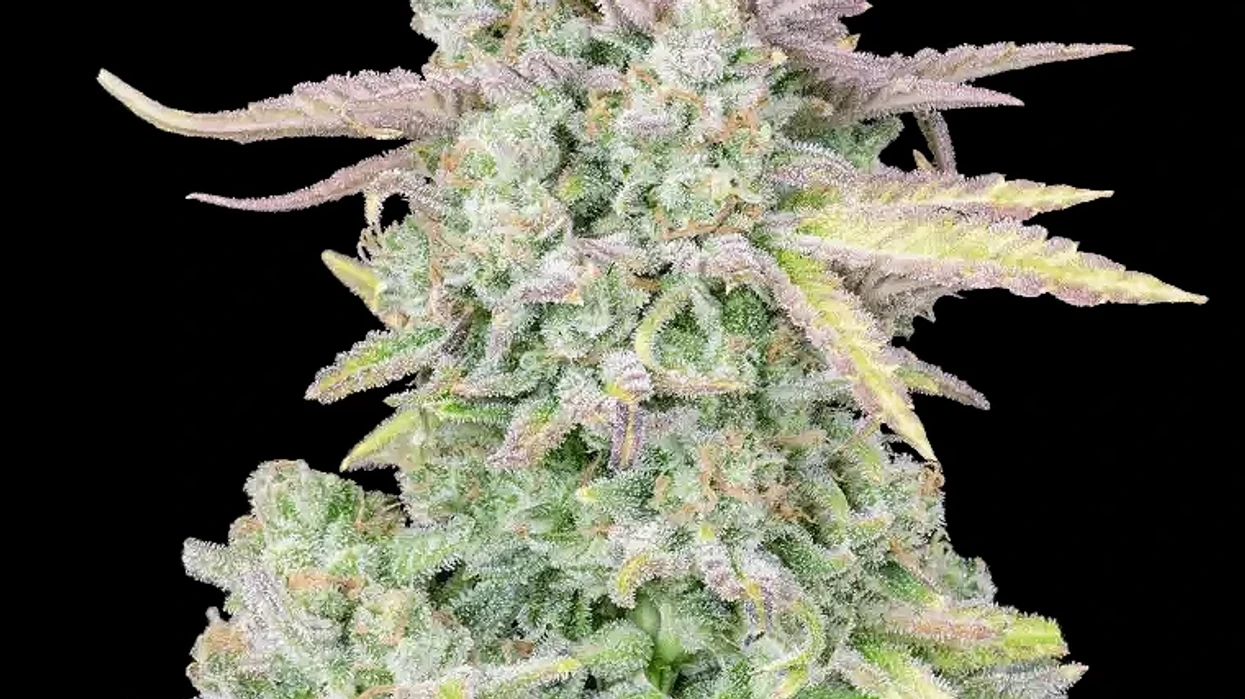



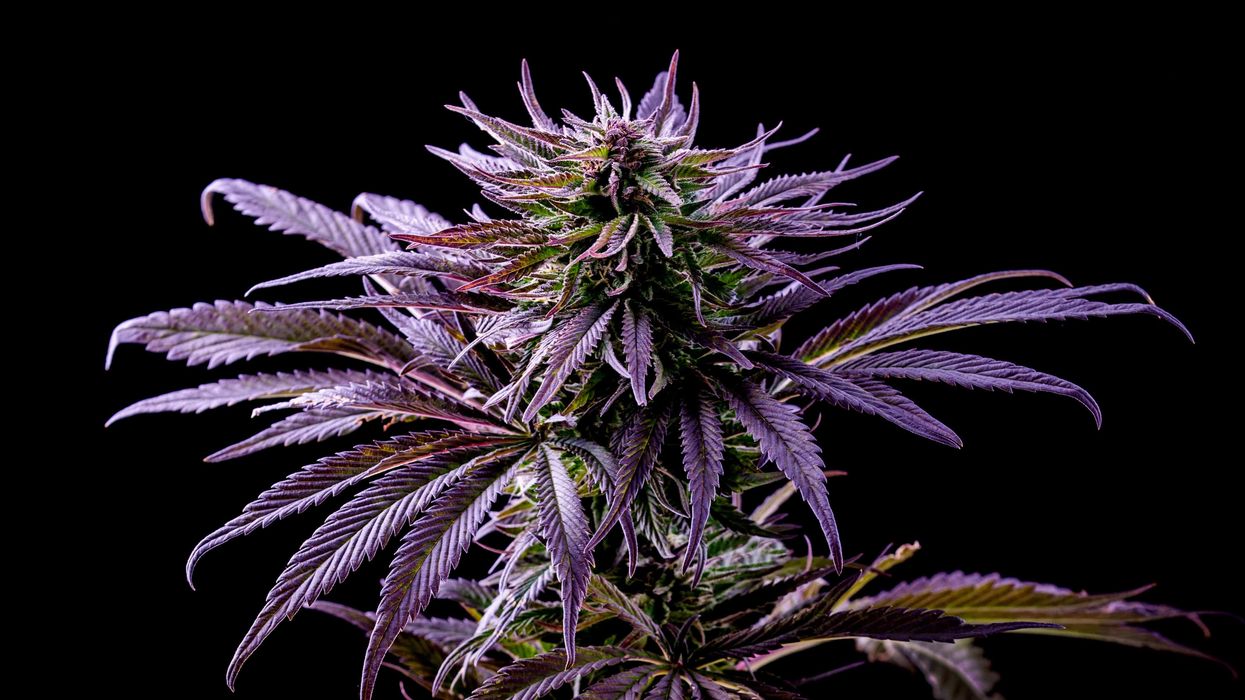
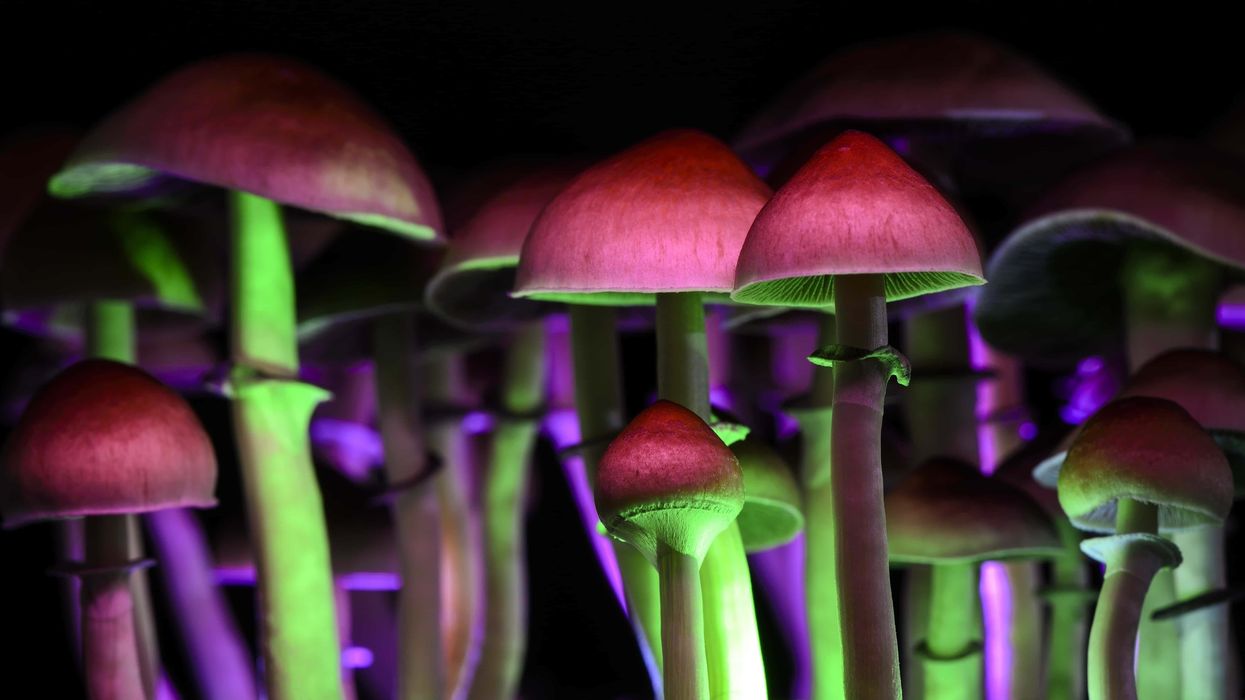


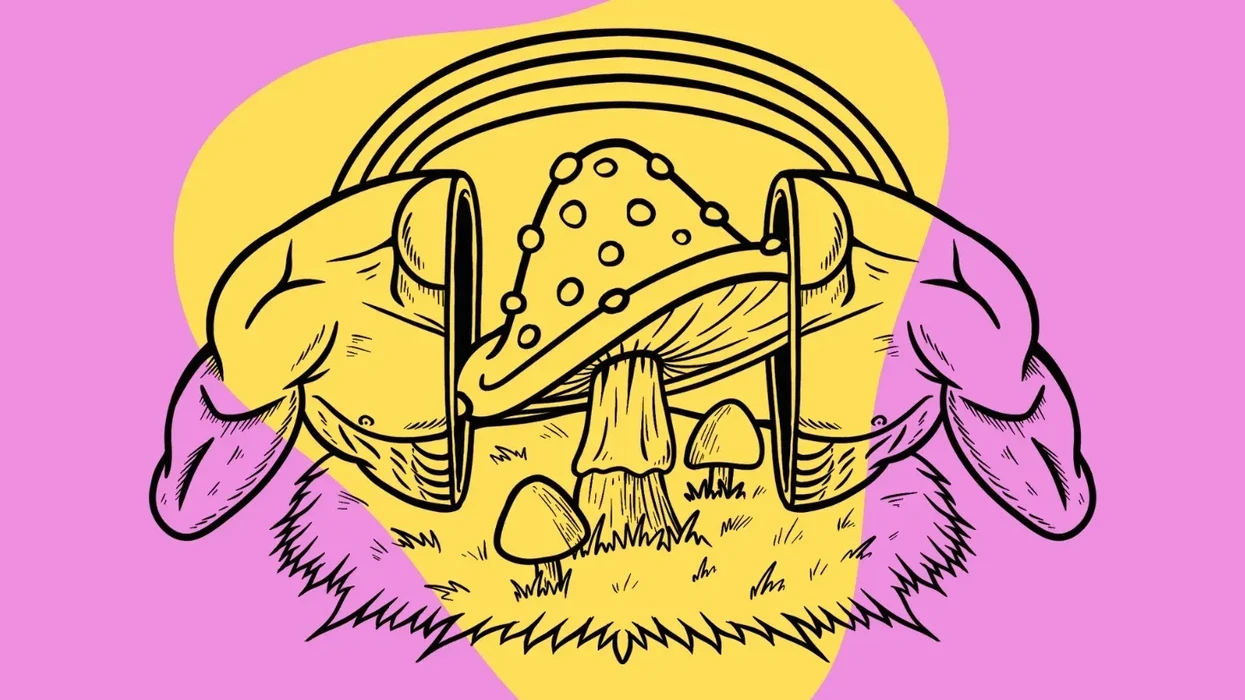
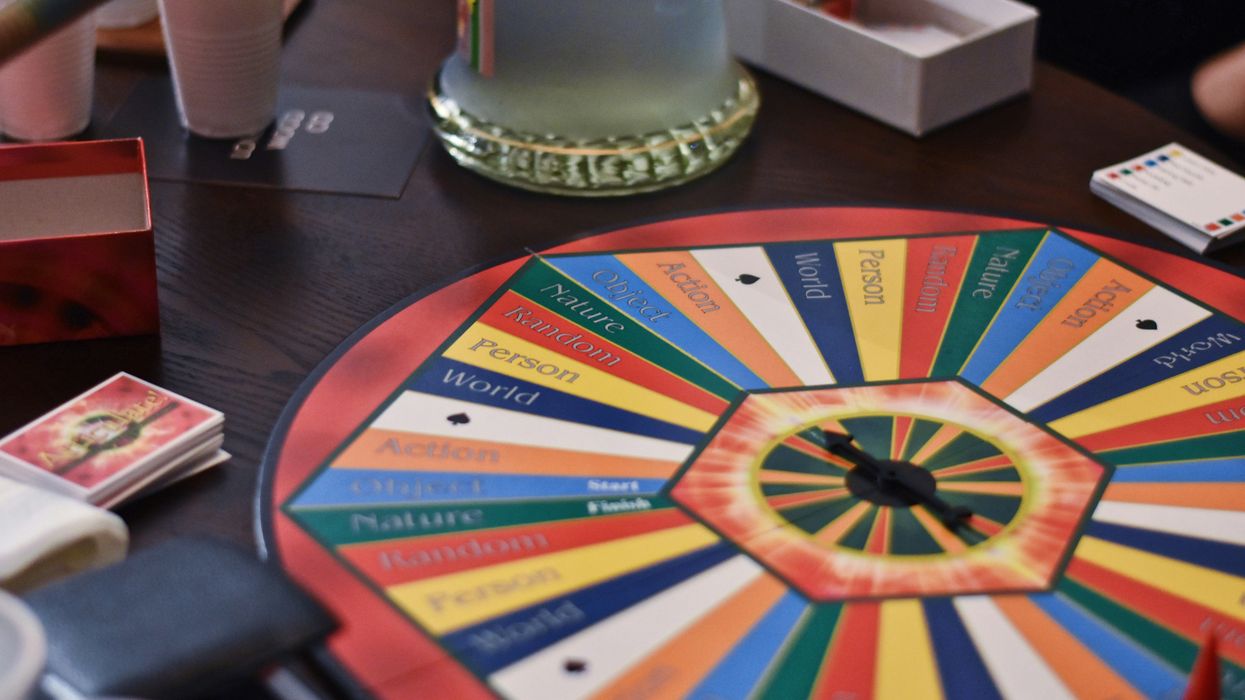
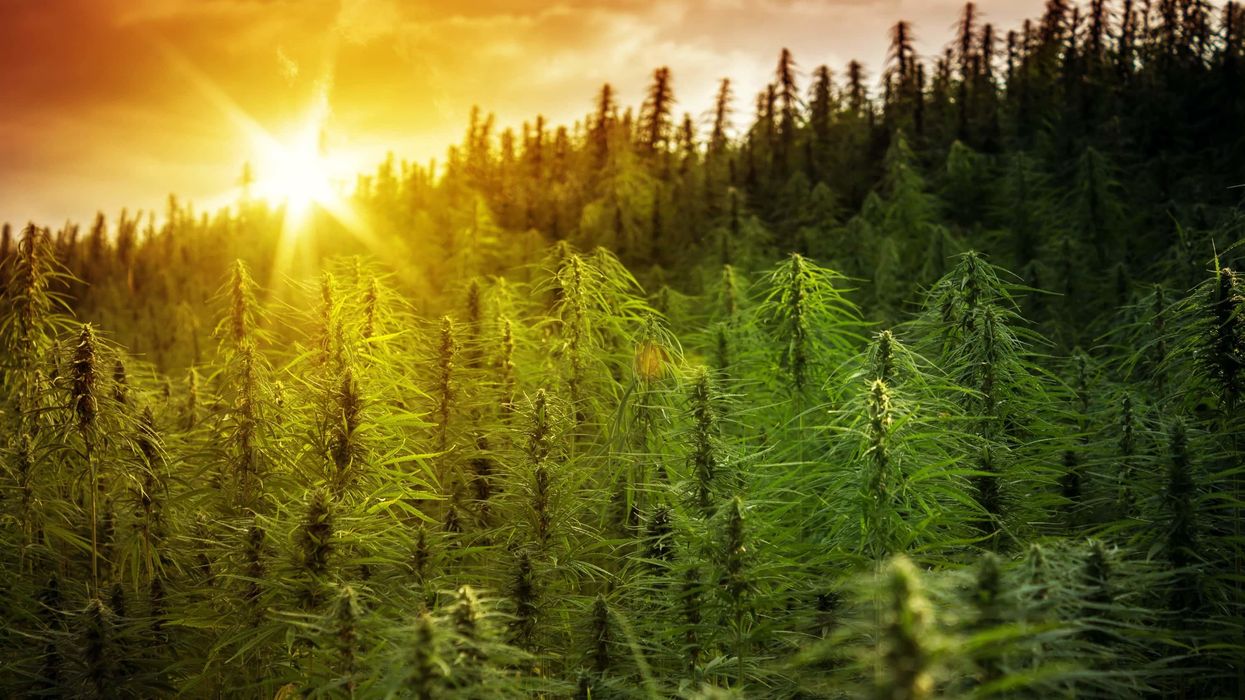

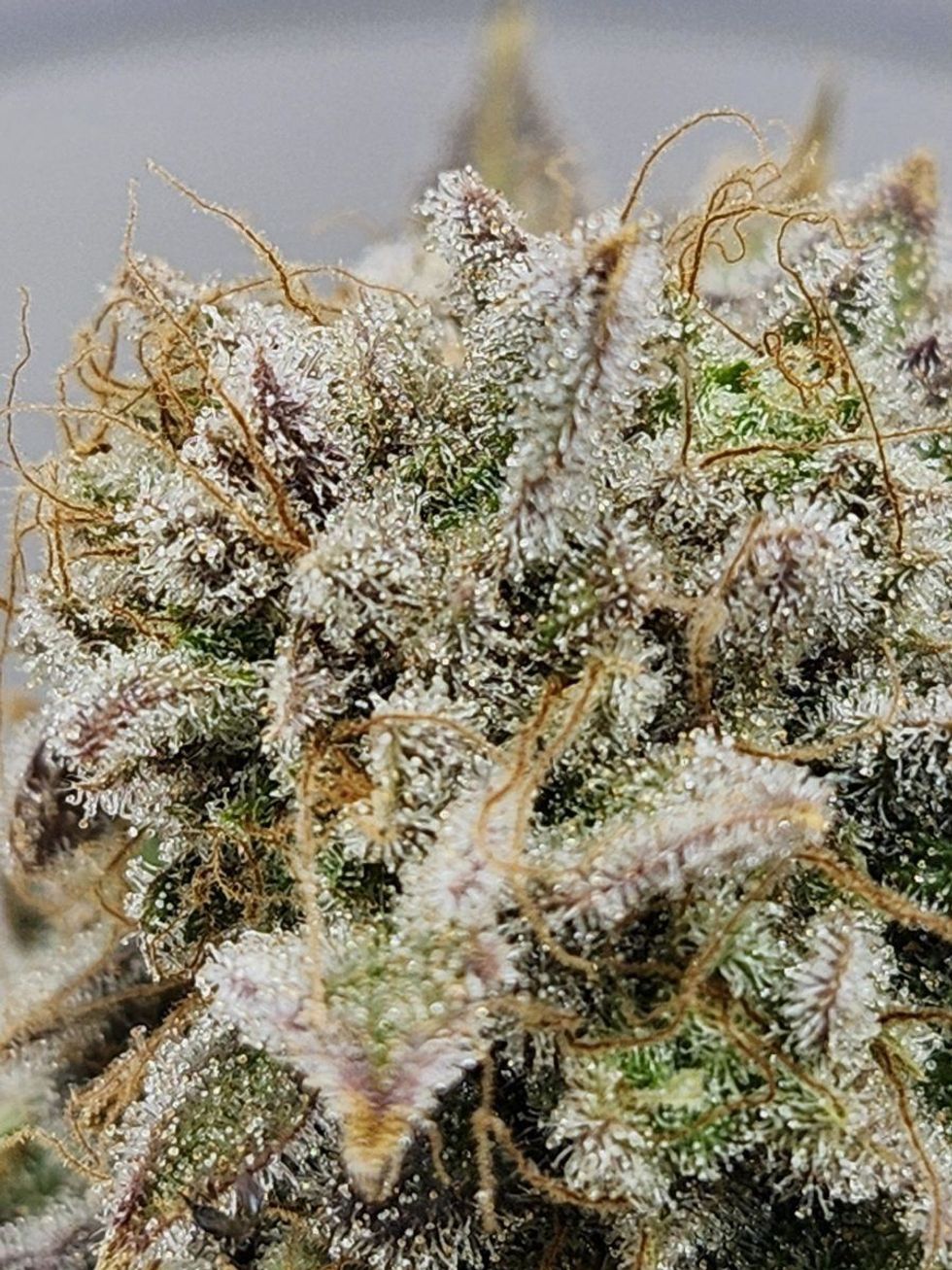 Acapulco Gold Cannabis Strain Review - The Bluntness
Acapulco Gold Cannabis Strain Review - The Bluntness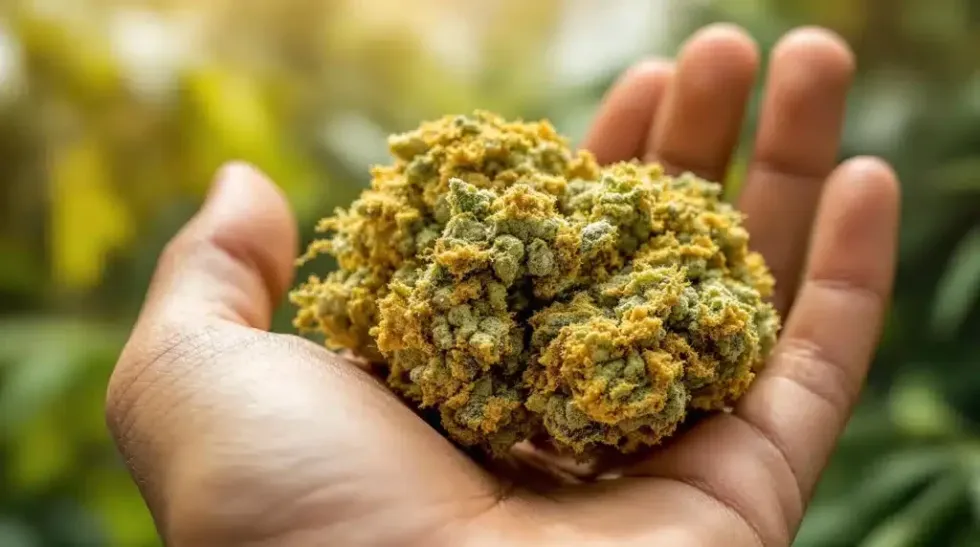 Acapulco Gold Cannabis Strain - The Bluntness Blimburn Seeds
Acapulco Gold Cannabis Strain - The Bluntness Blimburn Seeds
 Super Boof Strain: 2024 Strain of the Year - The Bluntness
Super Boof Strain: 2024 Strain of the Year - The Bluntness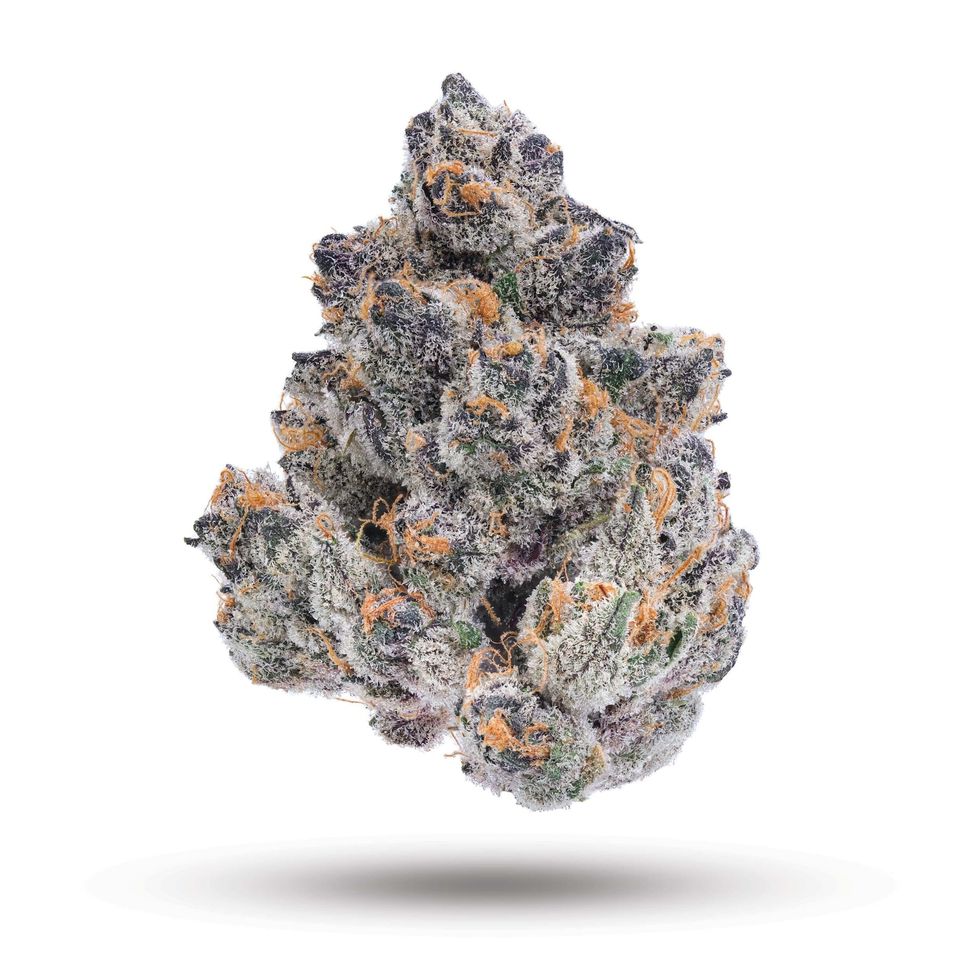 Super Boof Strain: 2024 Strain of the Year - The Bluntness
Super Boof Strain: 2024 Strain of the Year - The Bluntness

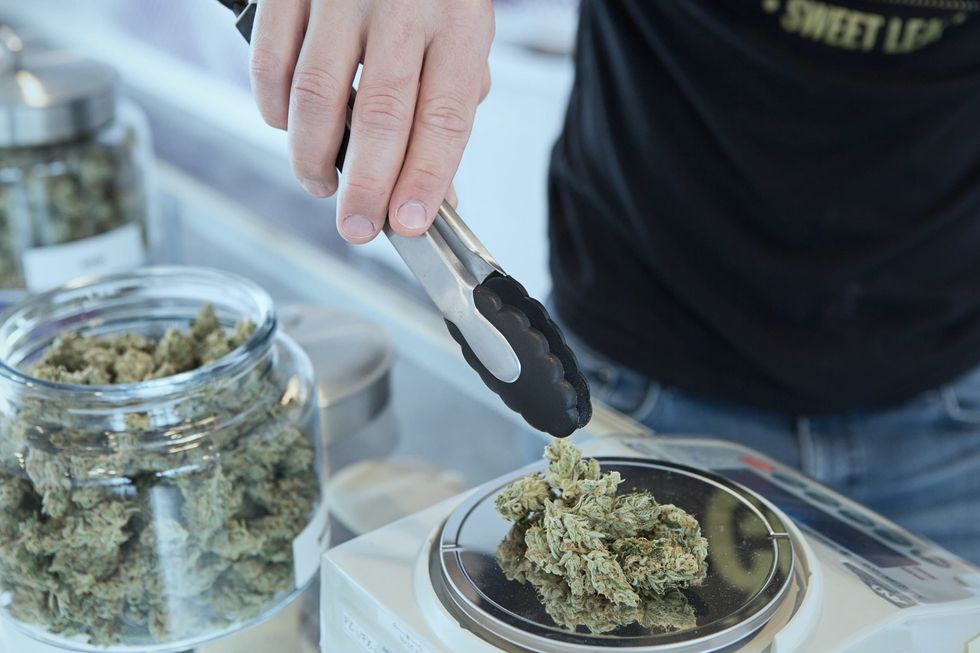 Finding the right cannabis cultivars for you is an important part of the process.Photo by Add Weed on Unsplash
Finding the right cannabis cultivars for you is an important part of the process.Photo by Add Weed on Unsplash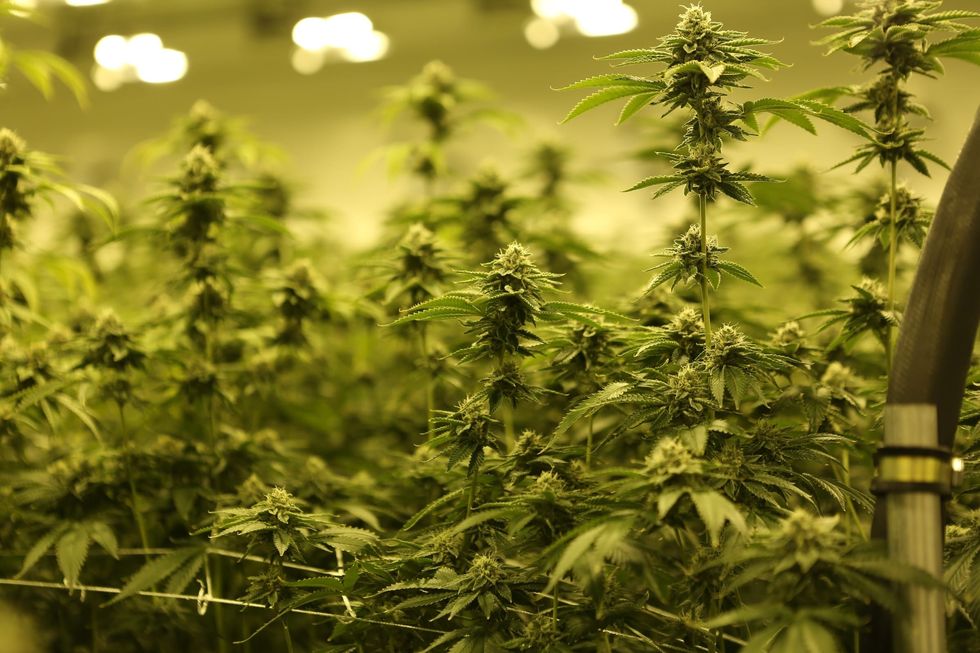 Some people prefer cannabis cultivated indoors. Others prefer sun-grown cannabis. And plenty of folks enjoy both.Photo by Next Green Wave on Unsplash
Some people prefer cannabis cultivated indoors. Others prefer sun-grown cannabis. And plenty of folks enjoy both.Photo by Next Green Wave on Unsplash